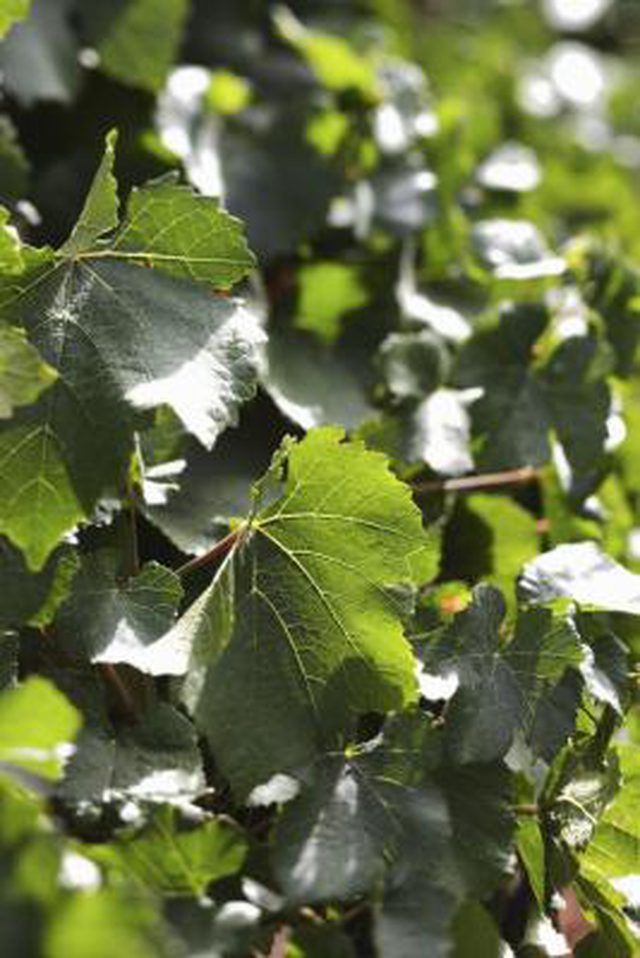Bulbs
Flower Basics
Flower Beds & Specialty Gardens
Flower Garden
Garden Furniture
Garden Gnomes
Garden Seeds
Garden Sheds
Garden Statues
Garden Tools & Supplies
Gardening Basics
Green & Organic
Groundcovers & Vines
Growing Annuals
Growing Basil
Growing Beans
Growing Berries
Growing Blueberries
Growing Cactus
Growing Corn
Growing Cotton
Growing Edibles
Growing Flowers
Growing Garlic
Growing Grapes
Growing Grass
Growing Herbs
Growing Jasmine
Growing Mint
Growing Mushrooms
Orchids
Growing Peanuts
Growing Perennials
Growing Plants
Growing Rosemary
Growing Roses
Growing Strawberries
Growing Sunflowers
Growing Thyme
Growing Tomatoes
Growing Tulips
Growing Vegetables
Herb Basics
Herb Garden
Indoor Growing
Landscaping Basics
Landscaping Patios
Landscaping Plants
Landscaping Shrubs
Landscaping Trees
Landscaping Walks & Pathways
Lawn Basics
Lawn Maintenance
Lawn Mowers
Lawn Ornaments
Lawn Planting
Lawn Tools
Outdoor Growing
Overall Landscape Planning
Pests, Weeds & Problems
Plant Basics
Rock Garden
Rose Garden
Shrubs
Soil
Specialty Gardens
Trees
Vegetable Garden
Yard Maintenance
How to Care for an Ivy Plant That Is Dying
How to Care for an Ivy Plant That Is Dying. Ivy is a member of the Hedera genus of plants. These climbing vines are commonly grown as potted houseplants. Most varieties of ivy are hardy plants that seldom require special care although poor growing conditions and certain illnesses may affect the health and appearance of these plants. Determining the...

Ivy is a member of the Hedera genus of plants. These climbing vines are commonly grown as potted houseplants. Most varieties of ivy are hardy plants that seldom require special care although poor growing conditions and certain illnesses may affect the health and appearance of these plants. Determining the underlying cause of a sick ivy plant is the first step in restoring it to optimal health.
Things You'll Need
Pot
Potting soil
Pruning shears
Fungicide
Insecticide
Fertilizer
Transplant your dying ivy plant to reduce any root crowding and to examine the health of its roots. Select a pot that is at least 2 to 4 inches wider than the original pot. Carefully remove the ivyís root ball from the original container. Examine the roots for softness, mildew and other signs of root rot. Use pruning shears to snip off any damaged or unhealthy sections of roots. Place the root ball into the larger container with well-draining planting soil.
Check for fungal diseases along the foliage of your dying ivy plant. Fungal diseases are common in houseplants, especially ones that donít receive adequate amounts of airflow or sunlight. Fungus can appear as leaf spotting or discolored lesions along the stems. Treat possible fungal conditions with a fungicide labeled for use on houseplants, according to the label instructions.
Examine the vines and leaves for signs of pest damage, such as small holes, ragged edges or fine webs. Use a foliar spray insecticide to coat the foliage then a soil drench insecticide to kill any live insects or insect eggs beneath the soil surface. Cut off any dead sections of leaves and vines, leaving only the vegetation that looks green and healthy.
Place your re-potted ivy plant in an area with temperatures between 65 and 85 degrees Fahrenheit that provides filtered light. Water the ivy slowly until it begins to seep from the drainage holes. Allow the top surface of the soil to dry out before watering again. Too much moisture can encourage the growth of fungus in the soil and roots.
Apply a fertilizer with a ratio of 2-1-2 or 3-1-2, following the fertilizer instructions for application. Continue to fertilize your ivy plant on a monthly basis, except during the dormant season.
Tips & Warnings
Snip off a few sections of healthy vines to propagate into new plants. Place the cut ends in water to promote root formation. This will provide replacement plants in case your old ivy fails to survive.